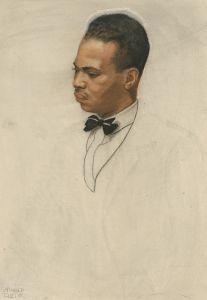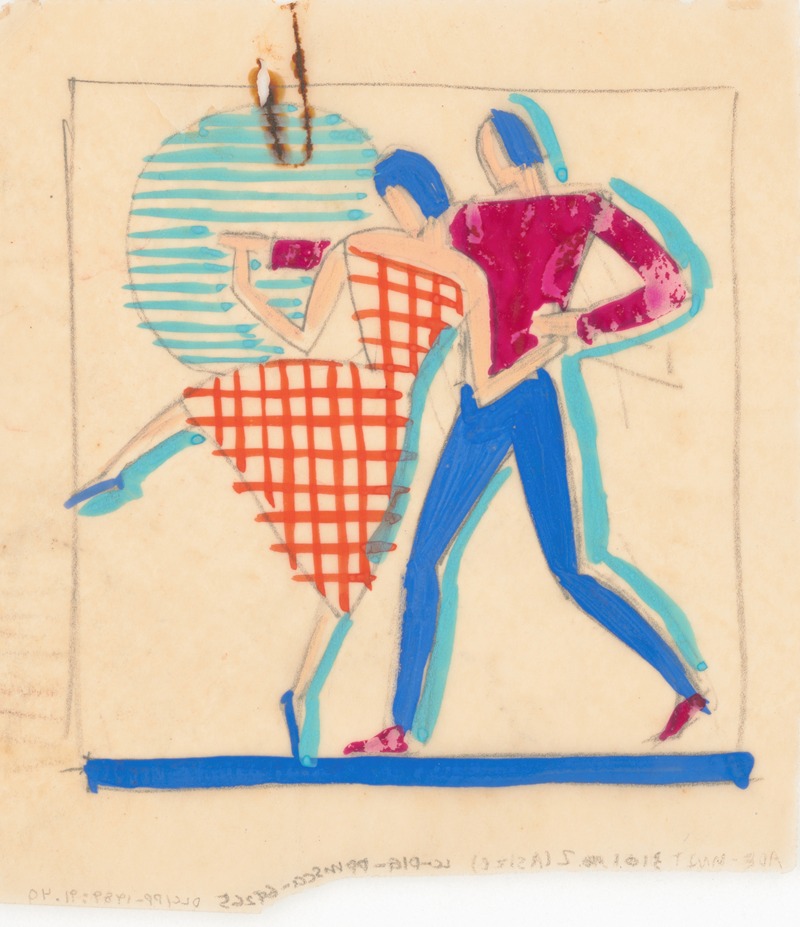
[Miscellaneous small sketches for inlaid table tops.] [Design with dancing couple motif
A hand-painted replica of Winold Reiss’s masterpiece [Miscellaneous small sketches for inlaid table tops.] [Design with dancing couple motif, meticulously crafted by professional artists to capture the true essence of the original. Each piece is created with museum-quality canvas and rare mineral pigments, carefully painted by experienced artists with delicate brushstrokes and rich, layered colors to perfectly recreate the texture of the original artwork. Unlike machine-printed reproductions, this hand-painted version brings the painting to life, infused with the artist’s emotions and skill in every stroke. Whether for personal collection or home decoration, it instantly elevates the artistic atmosphere of any space.
Winold Reiss was a German-American artist and designer known for his contributions to modern art and design in the early to mid-20th century. Born in Karlsruhe, Germany, in 1886, Reiss emigrated to the United States in 1913, where he became a prominent figure in the American art scene. He is particularly recognized for his work in portraiture, interior design, and graphic arts, often incorporating elements of Art Deco and modernist styles.
Reiss's work often reflected a deep appreciation for cultural diversity, which was evident in his portraits of Native Americans, African Americans, and other ethnic groups. His approach was characterized by a vibrant use of color and a keen attention to detail, capturing the essence and dignity of his subjects. This cultural sensitivity and artistic skill made him a sought-after artist for both private and public commissions.
The piece titled "Miscellaneous small sketches for inlaid table tops. Design with dancing couple motif" by Winold Reiss is an example of his design work, which extended beyond traditional canvas paintings to include decorative arts and interior design. Although specific details about this particular work are limited, it can be inferred that it was part of Reiss's broader efforts to integrate art into everyday objects, a common practice among artists associated with the Arts and Crafts Movement and later, the Art Deco period.
Reiss's designs for inlaid table tops would likely have been characterized by intricate patterns and motifs, possibly drawing inspiration from various cultural themes. The mention of a "dancing couple motif" suggests a dynamic and lively composition, which aligns with Reiss's interest in capturing movement and emotion in his work. Such designs would have been intended to enhance the aesthetic appeal of functional objects, making art accessible in domestic and commercial environments.
Throughout his career, Reiss was involved in numerous projects that showcased his versatility as an artist. He contributed to the design of interiors for restaurants, hotels, and other public spaces, where his work often included murals, stained glass, and furniture design. His ability to blend artistic creativity with practical design solutions made him a pioneer in the field of interior design.
Reiss's legacy is preserved in various collections and institutions, including the Smithsonian American Art Museum and the New York Public Library, which house examples of his portraits and design work. His influence extends to contemporary discussions about the role of art in public spaces and the importance of cultural representation in the arts.
In summary, while specific information about the "Miscellaneous small sketches for inlaid table tops. Design with dancing couple motif" is limited, it represents Winold Reiss's broader artistic vision of integrating art into everyday life and celebrating cultural diversity through design. His work continues to be appreciated for its aesthetic qualities and its contribution to the development of modern American art and design.






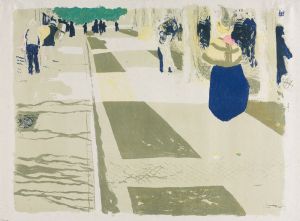
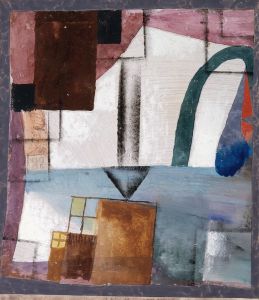

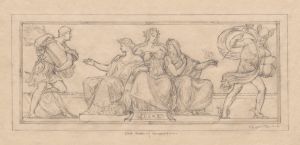


![Interior perspective studies for Restaurant Crillon, 15 East 48th Street, New York, NY.] [Interior perspective study.](/imgs/249375/s/winold-reiss-interior-perspective-studies-for-restaurant-crillon-15-east-48th-street-new-york-ny-interior-perspective-study-80282bb4.jpg)
![Design for Cincinnati Union Terminal.] [Study for the color treatment of the ceiling](/imgs/249410/s/winold-reiss-design-for-cincinnati-union-terminal-study-for-the-color-treatment-of-the-ceiling-5366bd83.jpg)
![Miscellaneous small sketches for inlaid table tops.] [Design with geometric motif](/imgs/249435/s/winold-reiss-miscellaneous-small-sketches-for-inlaid-table-tops-design-with-geometric-motif-a72246b5.jpg)
![Miscellaneous small sketches for inlaid table tops.] [Design with zig-zag motif](/imgs/249443/s/winold-reiss-miscellaneous-small-sketches-for-inlaid-table-tops-design-with-zigzag-motif-dbbaeb35.jpg)
